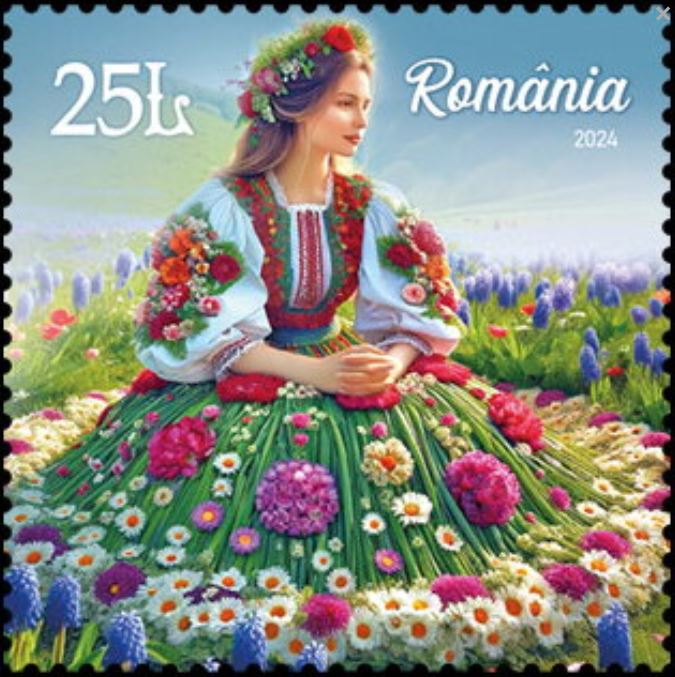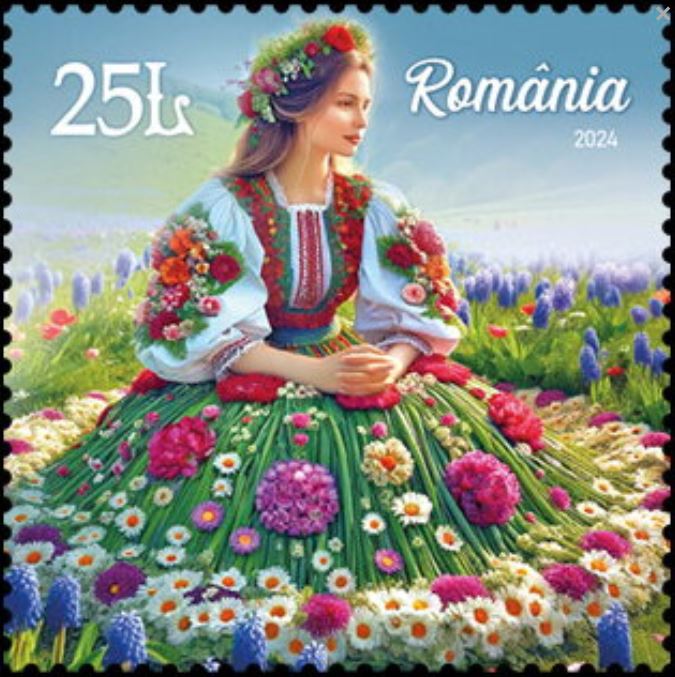
July 2024 – Folded letter from pre-phila times
Today I am presenting a copy of a letter from the pre-phila era, which was provided to me by a collector friend. It is a folded letter dated March 12, 1832, which was sent from Chur (Switzerland) to Vaduz (Liechtenstein) to the local land registrar Johann Vetter. The delivery took place at the Balzers letter Read More …









